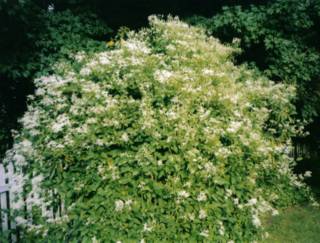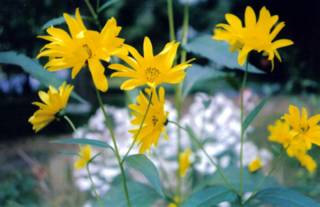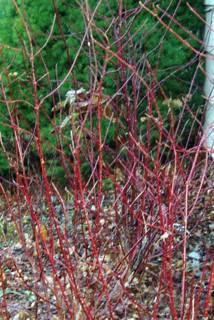Who Can Resist the Fall Garden?
There's a whimsical, almost magical cast to the garden as it winds down towards dormancy. So many of the plants that bloom from late Summer into Fall have a blowsy habit -- as if they know that the Autumn winds will kick up and give them a ride.
The Asters create mounds of luscious color that tempt the bees to dive repeatedly into the blossoms. The simplicity of Asters is a visual treat after a summer of roses and other more complicated, hybridized plants.
The Boltonia creates a tall mist of white foam. From a distance it looks almost gossamer; up close it seems like a natural bouquet of tiny yet tall daisies.
Sweet Autumn Clematis is a vanilla-scented tangle of blossoms that the buttterflies and insects can't resist. And why should they?
The Dahlias are sentinels standing guard near their friends, ever watchful for the marauding raccoons and skunks who are eager to dig out one last grub before the ground freezes.
The native Helianthus stands over six feet tall and displays its multi-stem, multi-branch, double pretties deep into October. There's a cheerful exuberance about the plant that makes me smile each time I pass it in the garden.
The native Ilex or Winterberry displays its sharp red berries in stunning contrast to its soft green leaves. As the cool nights increase in number, the berries grow more lush and vibrant. How do the birds resist the lure?
Reflect On Change
It's fun to note the changes that Autumn brings to the stalwarts in the perennial garden. Take the time to really see what's going on.
Spirea Anthony Waterer will be putting on a stunning show as its leaves turn bronze in the Fall.
Spirea Anthony Waterer
As the shrubs lose their leaves and enter dormancy, you can enjoy the beauty of their shape and color. The Variegated Red Twig Dogwood (Cornus Alba) is a beautiful shrub in all seasons. In Fall and Winter, its stark crimson stems are spectacular.

Red Twig Dogwood
Some of the early-Summer bloomers (oriental poppies, for example) and mid-Summer bloomers (Shasta daisies, for example) will be putting out new growth now to get one last jolt of photosynthesis before disappearing for the Winter.
Other plants (especially those workhorses who keep going throughout the Spring, Summer, and Fall) will look tired and miserable and will all but beg you to cut them down and let them focus solely on their root system. Let the poppies and Shastas enjoy the Autumn sun, but put the daylilies and other strugglers out of their misery by removing their top growth.
